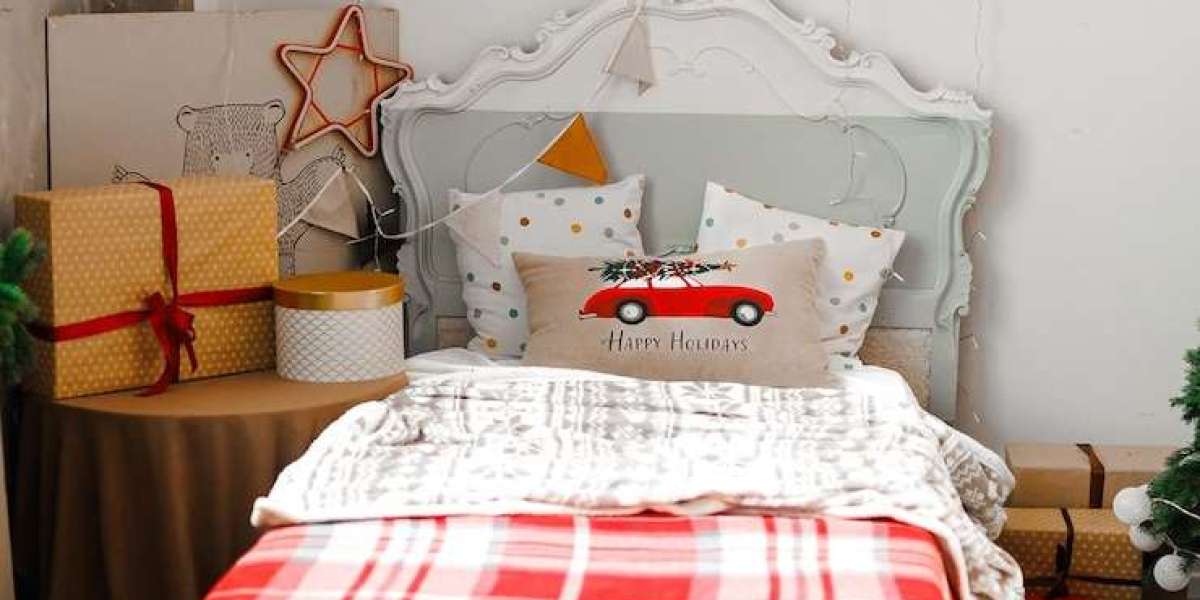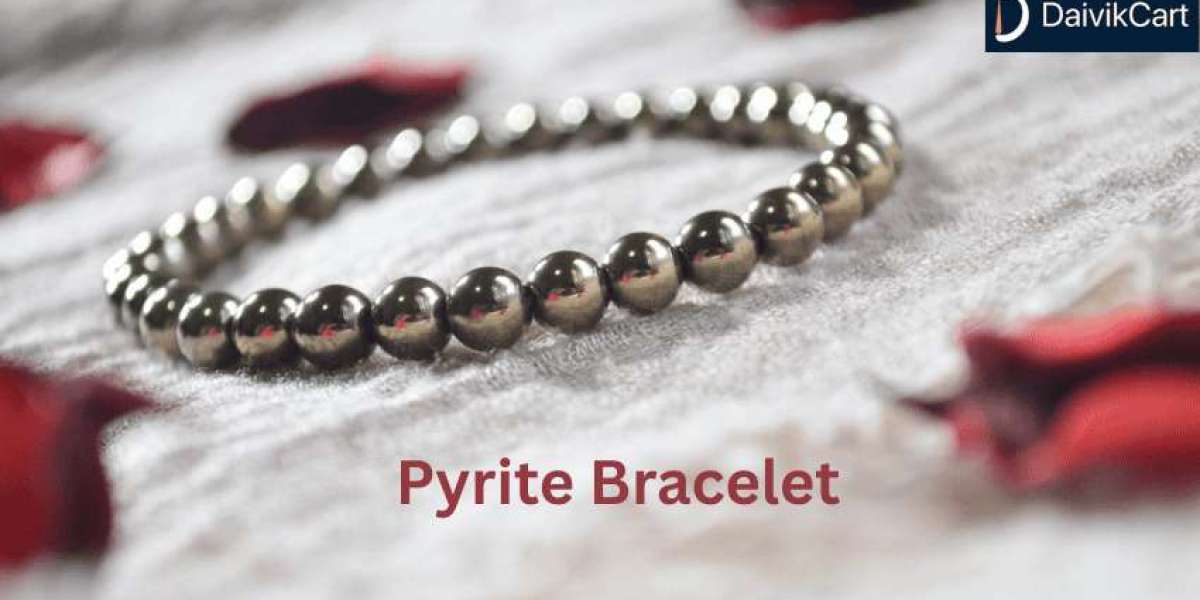Choosing the right bed for a child is more than a matter of style or size. In the UK, where parents prioritize both comfort and safety, selecting the best bed for a children in UK can influence their sleep quality, growth, and overall wellbeing. A child’s bed must support proper posture and provide a secure environment for rest. As children grow, their sleep needs change. This means a bed that suited them at three years old might not be suitable when they're eight. A well-chosen bed not only enhances sleep quality but also supports healthy development, emotional regulation, and learning.
Why Sleep Quality Matters for Children
Sleep is crucial for every stage of a child’s growth. Children need more hours of restful sleep compared to adults. Their brains and bodies are developing rapidly, and quality sleep supports memory consolidation, emotional balance, and physical growth. A bed that’s uncomfortable or poorly sized can disrupt sleep patterns. That can lead to issues like irritability, poor concentration, or even weakened immunity. Ensuring the bed offers the right mattress firmness, size, and safety features is a proactive step toward supporting a child's overall development.
Types of Children’s Beds Available in the UK
The UK market offers various types of children’s beds, each suited to different age groups and room sizes. Understanding these options can help parents choose a bed that meets both practical needs and a child's preferences.
Toddler Beds and Starter Beds
When a child outgrows their cot, toddler beds are the next logical step. These beds are smaller than standard singles and often come with guardrails. They help ease the transition from cot to bed, making young children feel secure. Toddler beds typically accommodate a mattress measuring 140 x 70 cm. They're ideal for children aged between 18 months and four years. Starter beds are slightly larger and can last until a child is around six years old.
Single Beds and Extendable Beds
Standard single beds in the UK measure 190 x 90 cm. These beds suit children over five years old and often remain suitable well into the teenage years. Some single beds are extendable, which means they grow with your child. Extendable beds are adjustable in length and offer long-term flexibility, making them an economical choice for parents looking for durability.
Bunk Beds and Loft Beds
Bunk beds are a common choice for families with limited space or multiple children sharing a room. These beds feature one sleeping area stacked above another, which maximizes floor space. Loft beds raise the sleeping area above the ground but leave space underneath for storage or a desk. Both designs are space-efficient and work well for school-aged children. However, safety is a key concern. In the UK, safety regulations recommend top bunks for children over six years old only.
Cabin Beds and Mid-Sleepers
Cabin beds and mid-sleepers combine sleep and storage in a compact space. They typically include built-in drawers, shelves, or a desk. These multifunctional beds are ideal for small bedrooms and help keep the room organized. They're suitable for children over five and encourage independence as kids learn to manage their own space.
Factors to Consider When Choosing a Bed
When selecting the best bed for your child, several factors go beyond just appearance. Comfort, durability, safety, and room size all influence the final choice.
Safety Standards and Bed Frame Stability
Safety is a top priority when choosing a bed for children in the UK. Look for beds that meet British safety standards, especially those with guardrails, sturdy frames, and smooth edges. The frame should support the child’s weight without wobbling or creaking. Materials used should be non-toxic, especially in painted or treated surfaces.
Mattress Quality and Support
The right mattress ensures that a child’s spine remains aligned during sleep. Children need a mattress that is neither too soft nor too firm. The ideal firmness depends on age, weight, and sleep position. UK retailers offer mattresses made of memory foam, pocket springs, and hybrid materials, each offering different benefits. Breathable and hypoallergenic materials are recommended for young children to minimize allergies and overheating.
Room Size and Space Efficiency
Room size significantly affects bed choice. A large bedroom may accommodate a full-size bed, while a small room might require a mid-sleeper or loft bed to save space. Parents should also consider access to storage, ease of cleaning, and space for play or study. Multi-functional beds with built-in drawers or desks are ideal for compact urban homes.
Growth Potential and Longevity
Children grow fast, so choosing a bed that lasts is practical. Extendable beds or standard single beds offer more longevity than toddler beds. If the budget allows, investing in a bed that adapts to a growing child reduces the need for frequent replacements.
Environmental and Health Considerations
Today, many UK parents are concerned about the environmental impact of their purchases. Sustainable bed materials and eco-friendly mattresses are increasingly available.
Sustainable Materials and Manufacturing
Opting for beds made from responsibly sourced wood or recycled materials helps reduce environmental impact. Some manufacturers in the UK adhere to certifications like FSC (Forest Stewardship Council), which ensures sustainable sourcing. Low-VOC (Volatile Organic Compounds) finishes are also important for indoor air quality, especially in children’s bedrooms.
Hypoallergenic and Breathable Bedding
Children with allergies or sensitive skin may benefit from hypoallergenic mattresses and bedding. Natural materials such as organic cotton or wool regulate temperature better and prevent dust mites, which are common allergens. Breathable bedding materials ensure airflow and help children stay cool during the night.
Balancing Aesthetics and Functionality
While functionality and safety are essential, design also plays a role in choosing a child’s bed. Many children want a say in the style of their bed, whether it’s themed, colorful, or minimalistic. Beds shaped like cars, castles, or treehouses are popular with younger children. Older kids often prefer neutral or sophisticated designs. The key is balancing what appeals visually with what works practically.
Involving Your Child in the Decision
Children with allergies or sensitive skin may benefit from hypoallergenic mattresses and bedding.Letting your child be part of the bed selection process can make them more excited about transitioning to a new bed. It also helps them take ownership of their sleeping space. However, parents should guide the decision by setting safety and quality as top priorities.
Final Thoughts on Choosing the Best Bed
Finding the best bed for your child in the UK involves thoughtful planning. The bed should meet safety standards, offer comfort, suit the size of the room, and be appropriate for the child’s age and stage of growth. With various options on the market—from toddler beds to loft sleepers—there’s a suitable choice for every family’s needs. While cost is an important consideration, quality should never be compromised. A well-made bed supports good sleep and healthy development. By understanding the types, features, and considerations involved, parents can make informed decisions that benefit their children for years to come.


